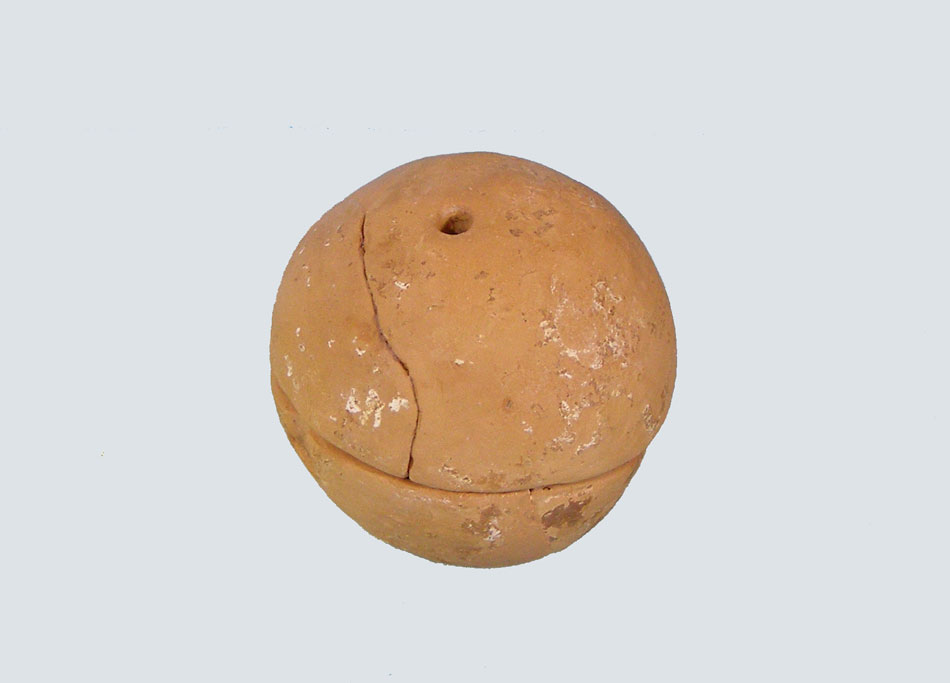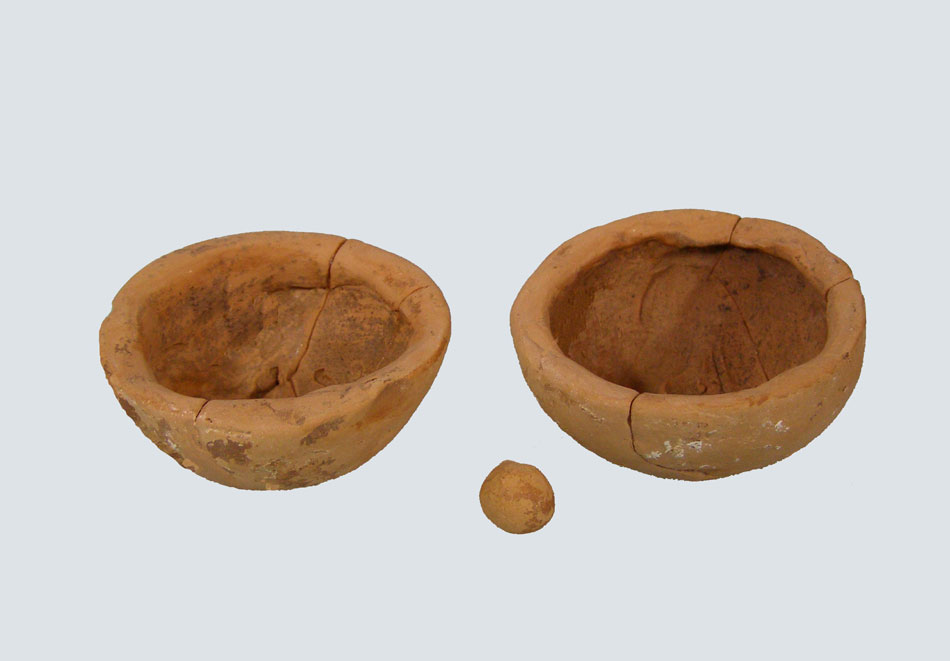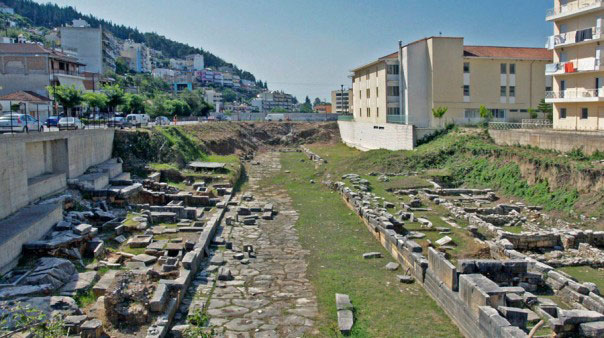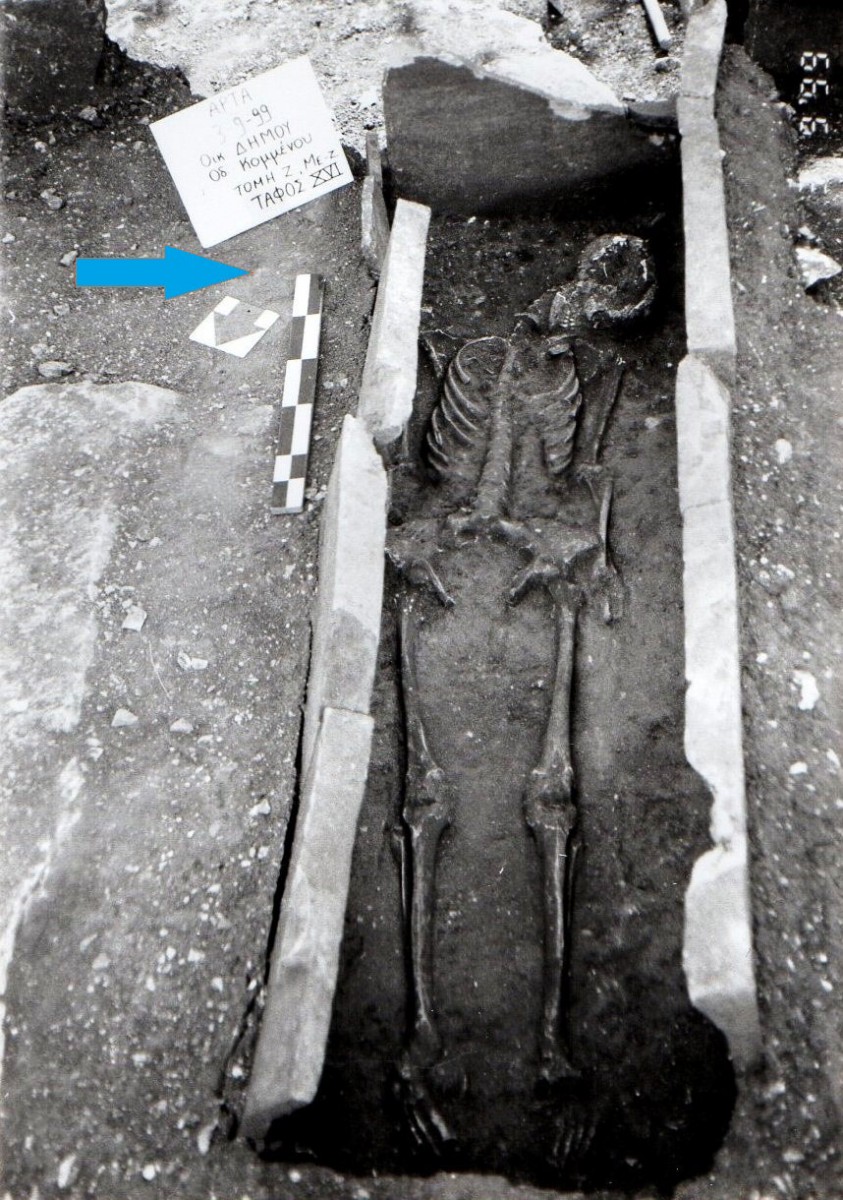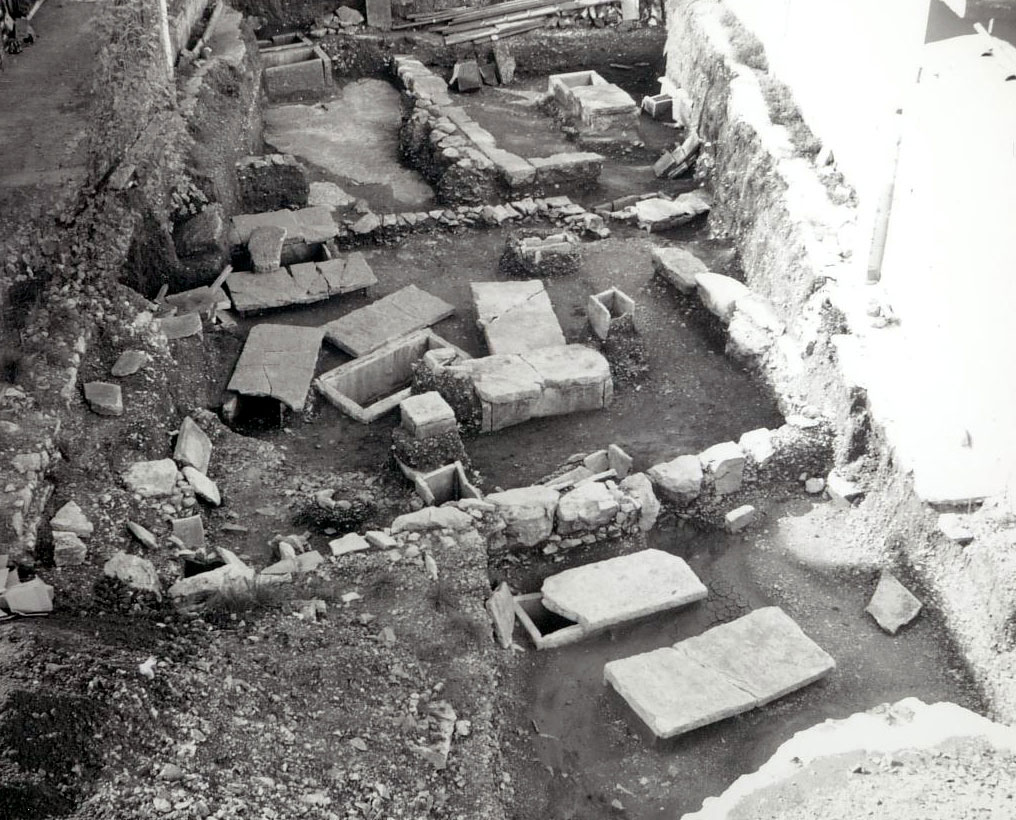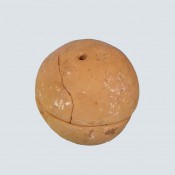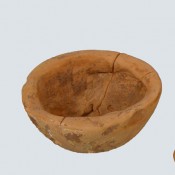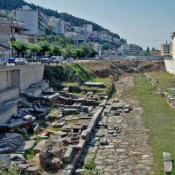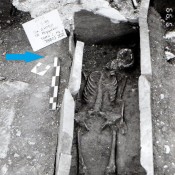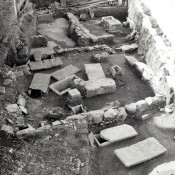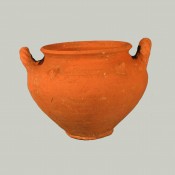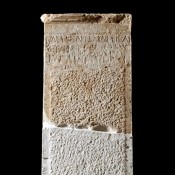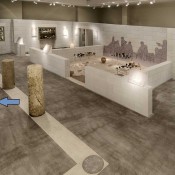The 33rd Ephorate of Prehistoric and Classical Antiquities of Preveza and Arta and the Archaeological Museum of Arta present the exhibit of the month, a clay rattle.
It was found in 1999 at the Western cemetery of Ambracia, during excavation works and it is dated in the late classical period (2nd half of the 4th century BC), outside a tomb. White coating is preserved on the surface of the rattle. It was decorated with color.
On one side of the rattle, there is a hole in which a wooden handle was incerted.
The rattle was a child’s first toy. By shaking it, it produced a sound that would make them stop crying. It was usually made of clay or metal.
Many times the rattle was pig-shaped. The pig symbolized good fortune. They believed that this symbol brought the child good luck.
Ancient Greeks believed that the sound produced by the rattle could keep the “evil spirits” away from the baby.
The rattle was conserved in the laboratories of the museum.
The rattle is exhibited in room B of the museum.
General editor: Christina Merkouri, Archaeologist, Director of 33rd Ephorate of Prehistoric and Classical Antiquities of Preveza and Arta
Editor: Anthi Aggeli, Archaeologist
Video creator: Chris Vergis, Conservator of antiquities
